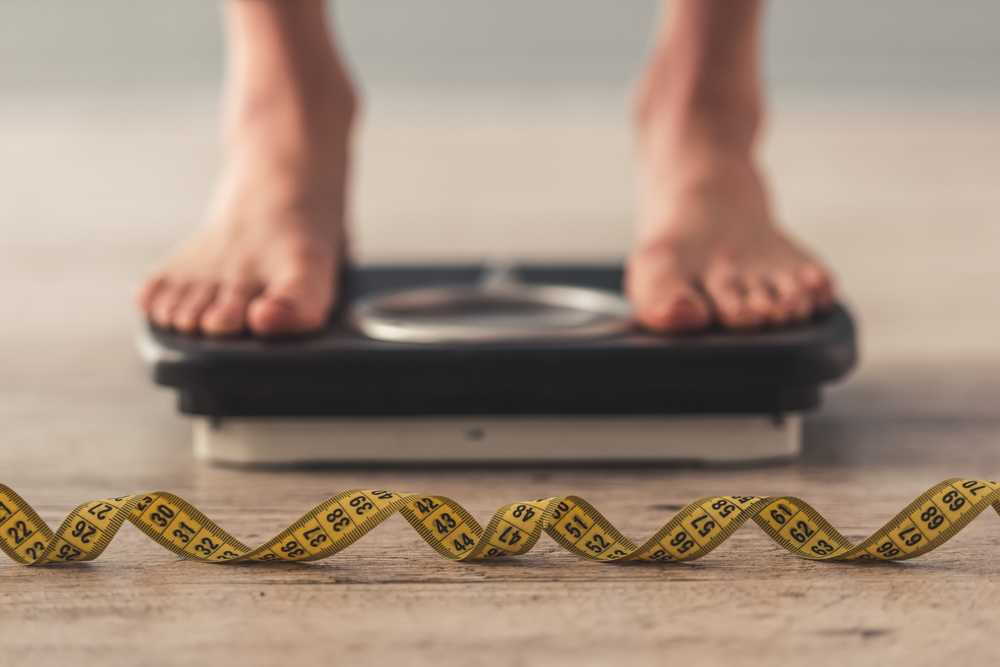An 'Internal Scale' Could Regulate Weight Loss In Humans
Posted on Categories Discover Magazine

Losing weight may not be that hard — for rodents, a new study shows. Researchers have discovered an internal scale in rats and mice that sends signals to the brain to cut back on food if weight gain is detected. Now, the researchers hope to translate the findings to humans.
For the study, the team mimicked weight gain by implanting capsules into the abdomens of obese rats and mice. Mice received a capsule that weighed about six grams, while rats were given an 80 gram capsule. Two weeks later, the rodents had lost a significant amount of weight; each mouse lost about four grams of weight while the rats shed about 55 grams. Most of the weight loss came from body fat, and the rodents also saw improvements in their blood glucose levels.
Add Weight To Lose Weight
The researchers believe that these changes were caused by the critters cutting back on their food intake after the artificial weights were added.
“Quite simply, we have found support for the existence of internal bathroom scales,” said John-Olov Jansson, a professor at the University of Gothenburg in Sweden who led the study. “If the body weight tends to increase, a signal is sent to the brain to decrease food intake and keep the body weight constant.”
In research published in December in the Proceedings of the National Academy of Sciences, the Swedish team calls the body weight regulation system a “gravitostat” and hopes to discover the same system in humans.
The team believes that the newly discovered weight sensors are located in the bones, specifically the long bones of the leg. They worked to confirm this by genetically mutating mice in the study to lack osteocytes, bone cells that are known to detect bone stress and loading. Without the osteocytes, they were unable to lose weight like the others.
But if a gravitostat does exist in humans, how do we explain the existence of obesity?
The researchers hypothesize that weight is registered when someone is standing, but if an individual is regularly sitting or sedentary, such a scale wouldn’t be getting accurate measurements. In modernity, we sit more and exercise less, and that means the gravitostat may not be working for many people.
Jansson and his colleagues suggest that those who want to lose weight increase their standing time. For those who need more help with weight loss, a drug that targets the gravitostat and activates its signal to eat less may be another possibility, though none has been proposed as of yet.
Put Down Those Barbells
Discovering, and eventually re-calibrating, a gravitostat in humans would take much more work, though. Eva Surmacz, a biologist at Temple University in Philadelphia who was not involved in the study, says that the new study shows a weight regulation system exists in rodents, but not necessarily humans.
She warns, “The clinical significance of the finding and the long-term outlook of [a gravitostat’s] impact on human health seem overstated. The idea of targeting the gravitostat with specific drugs may be especially challenging until this mechanism is proven and well-defined in humans.”
Though it’s tempting to see the gravitostat as the next big thing in weight loss treatments, we should be cautious. Indeed, the best parallel may be with the last “big thing” in weight loss: leptin.
Researchers discovered the hormone leptin more than two decades ago, identifying it as the first known mechanism to regulate body weight and appetite. They found that when body fat increased, leptin helped suppress appetite until the added fat was lost. After being heralded as the next big obesity treatment, today, leptin has yet to help the majority of those who are obese.
Jansson and his team plan to continue studying the gravitostat and perhaps, in the future, combine it with leptin treatment to finally help those with obesity.